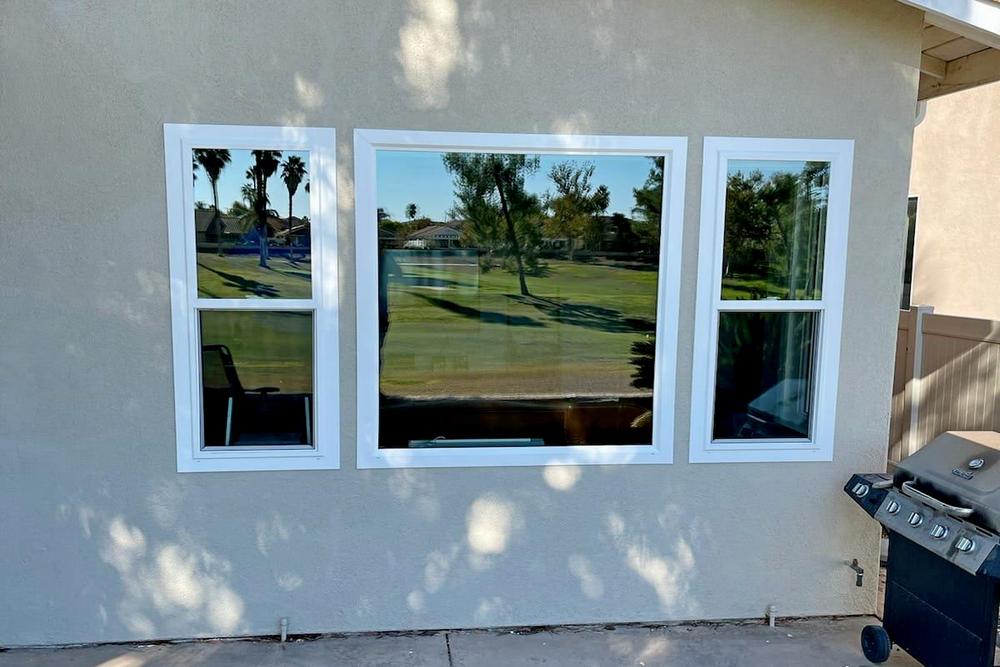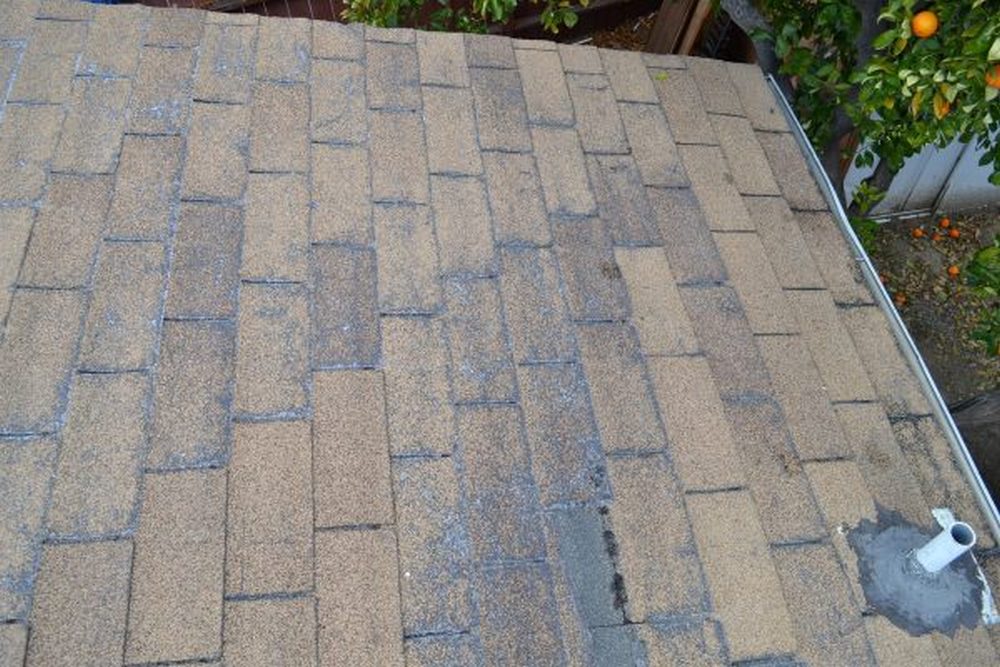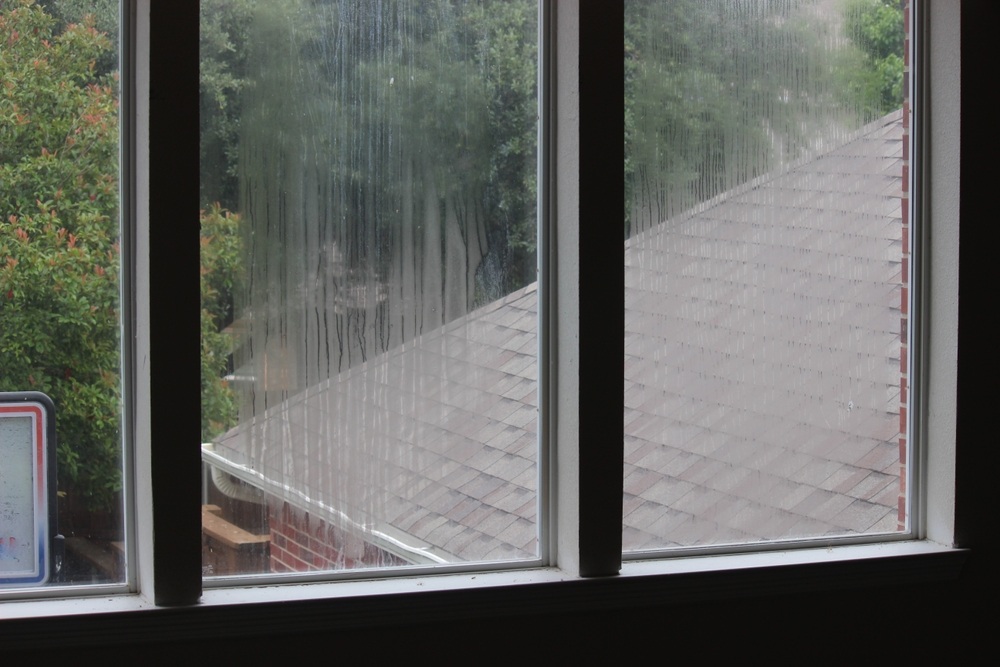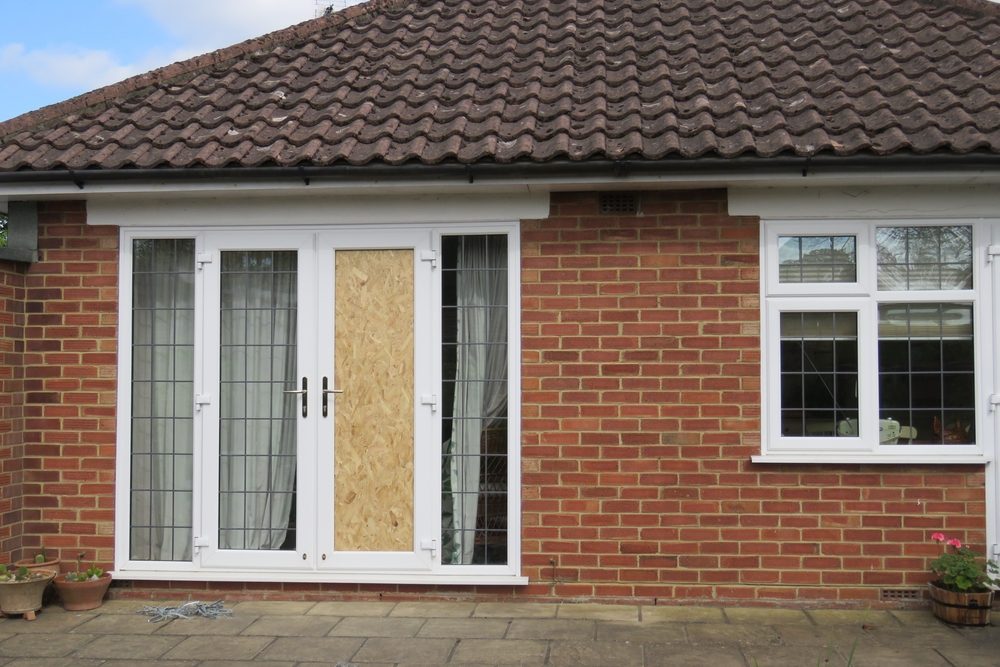It might appear there’s not much to replacement windows. You might think that a window is just a piece of glass in a frame, and you would be wrong. Modern-day replacement windows are much more complex than the windows of long ago. Contemporary replacement windows feature many components, some of which can’t even be seen by the human eye. In this article, we’ll take a closer look at the anatomy of a replacement window. We’ll consider all of the different components, examining what they are made of, what functions they serve, and how they all fit together, in hopes of giving you an understanding of how windows work and an appreciation of just how astounding they genuinely are.
To a certain degree, the anatomy of a replacement window depends on the window style. While most components are the same for all replacement windows, their location and functionality may differ slightly. For instance, a double-glazed picture window features many components as a double-glazed casement window. However, since the picture window doesn’t open, it won’t have operating mechanisms like hinges or a crank handle. In this article, we’ll use the anatomy of a double-hung window as our baseline, as this is the most common window style on homes in Southern California. When we refer to other window styles, we will consider how the structure of these window styles differs from that of a double-hung window.
Starting on the outside and working our way in, we begin with:
Replacement Window Frame
Every window has a frame. The frame is the enclosing structure that surrounds and supports the entire window. This is the part that fits into or attaches to the wall opening. The frame is made up of:
- The windowsill – the base of the frame, which runs horizontally across the bottom
- The jambs – the side pieces of the frame, which run vertically from the windowsill up to the head
- The head (also called the head jamb) – the upper piece of the frame, which runs horizontally across the top
Frames can be made from various materials, ranging from vinyl to wood to metal to fiberglass. In addition to appearance, the frame’s material has a lot to do with how durable the window is. Since the frame supports the entire window, if it loses its strength or rigidity, the structural integrity of the whole window will be compromised. Some materials are prone to warping or rotting over time.
Replacement Window Insulation
Some window frame materials are naturally better at insulating than others. Vinyl, for instance, has better insulating properties than metal because the metal is more prone to conducting heat. However, most window frames also have some form of insulating material inside them. On some modern replacement windows, the hollow areas inside the frame are filled with polyurethane foam, reducing heat transfer through the frame and making the window more energy efficient.
Replacement Window Sash
The part of the window that sees the most action is the sash. It’s the part that moves and the part that contains the glass. The sashes slide up and down on double-hung windows to open and close the window. The sash pivots outward like a door when the window is opened on the casement and awning windows. Picture windows have sashes, but they are “fixed” or “stationary,” meaning they are built into the window frame and do not open. On any window with an operable sash, since the sash is not fully connected to the frame, a small amount of air can seep through the cracks. But on a picture window or other fixed window, you don’t have this problem, which is why they are the most energy-efficient of all window styles.
A window sash is made up of components called rails and stiles. The top rail moves horizontally along the top, the bottom rail runs horizontally along the bottom; and the stiles run vertically, one on each side, connecting the bottom rail to the top rail. These four components of the sash hold the glazing system in place.
Replacement Window Glazing System
The glazing system is a technical term used to refer to the glass in a window. The reason why it’s not simply called “the glass” is because modern-day replacement windows feature much more than just glass in their glazing systems. Of course, the pieces of glass—also known as the panes or lites—are the essence of the glazing system, but other components are also vital to the window’s energy efficiency and overall performance.
The term “single-pane” window refers to an older style of window that indeed has a glazing system made up of just a single pane of glass. But nowadays, single-pane windows are mostly relics found in older homes, preserved more for their historical charm than their performance value. Most replacement windows manufactured nowadays are “double-pane” windows, meaning they feature two panes of glass. (There are also “triple-pane” or “triple-glazed” windows out there, but these are not nearly as common as double-pane windows).
The panes of glass in a replacement window are much more than just standard pieces of glass. The glass is often tempered, which means it has been repeatedly heated and cooled during the production process to make it less prone to breaking in the face of drastic temperature fluctuations. Many windows also feature laminated glass, which means a rigid layer of clear plastic is sandwiched between the two panes of glass. This is a common feature of “hurricane windows” or “impact windows,” as this flexible yet durable plastic layer prevents the broken glass from shattering in the rare event that the glass pane breaks.
Most panes of glass on modern replacement windows—and any ENERGY STAR® certified—are referred to as “low-emissivity” or “low-E” glass. This means the glass is coated with microscopic layers of metal—such as silver, titanium oxide, and silicon dioxide, to name a few. These metal layers are designed to reflect heat rather than absorb it, so ultraviolet rays from the sun are reflected away from your house, keeping your home nice and cool in the summer. When these metal layers are also applied to the inside of the glass, they can help your home retain all of that nice, toasty warm air in the wintertime that would otherwise naturally escape through the windows. These layers of metal are much thinner than human hair, and in fact, are so thin that the naked eye is not able to see them! It’s hard to believe that the glass on your windows is covered in multiple layers of metal because you can see right through them, but it is.
Replacement Window Spacer System
In between these pieces of ultra-durable, mind-bogglingly coated glass is a spacer system, which holds the glass panes firmly in place. Often made of stainless steel, spacer systems ensure that the panes remain the appropriate distance apart despite changes in temperature, which can cause molecules to shrink and expand. Some high-end spacer systems also feature desiccant beads (similar to what’s inside the little packet of silica gel that comes in many product boxes) that prevent moisture from forming between the two panes of glass. The spacer system also features a sealed barrier that keeps the gas fill from leaking out.
Replacement Window Gas Fill
In between the panes of glass is another invisible but oh-so-important component of modern replacement windows known as the gas fill. The area in between the panes of glass is pumped full of an invisible gas that acts as an insulator against heat transfer and sound waves. The gas used in this application is usually either argon or krypton, both of which are “inert” or “noble” gases, which, if you’ll recall from your high school chemistry class, means that they do not react with other materials they come into contact with. They won’t undergo any chemical changes, even as the atmosphere around them fluctuates. Both argon and krypton are denser than air, so they do an excellent job of stopping air molecules from passing through them. Air contains moisture, whereas argon and krypton don’t, so they are ideal substances for keeping the inside chamber of replacement windows nice and dry.
Replacement Window Auxiliary Components
Many other components are arguably part of the anatomy of a window. They can be included when designing replacement windows, such as hardware (locks and handles), window tints, and blinds between the glass. However, because these are usually optional features, we’re treating them as more of the “icing on the cake,” so to speak. Then there are other components such as etched or stained glass panes and decorative grilles, but these features serve more of an aesthetic function than practical. They don’t have much bearing on the overall performance of a window.
Learn More about Replacement Windows
We hope that you’ve found this guide to the anatomy and essential components of a replacement window helpful and at least a little bit interesting. If you have more questions about replacement windows or would like to speak to someone about having new windows installed at your home, click here to contact California Showcase Construction or call us at (951) 682-0208.




